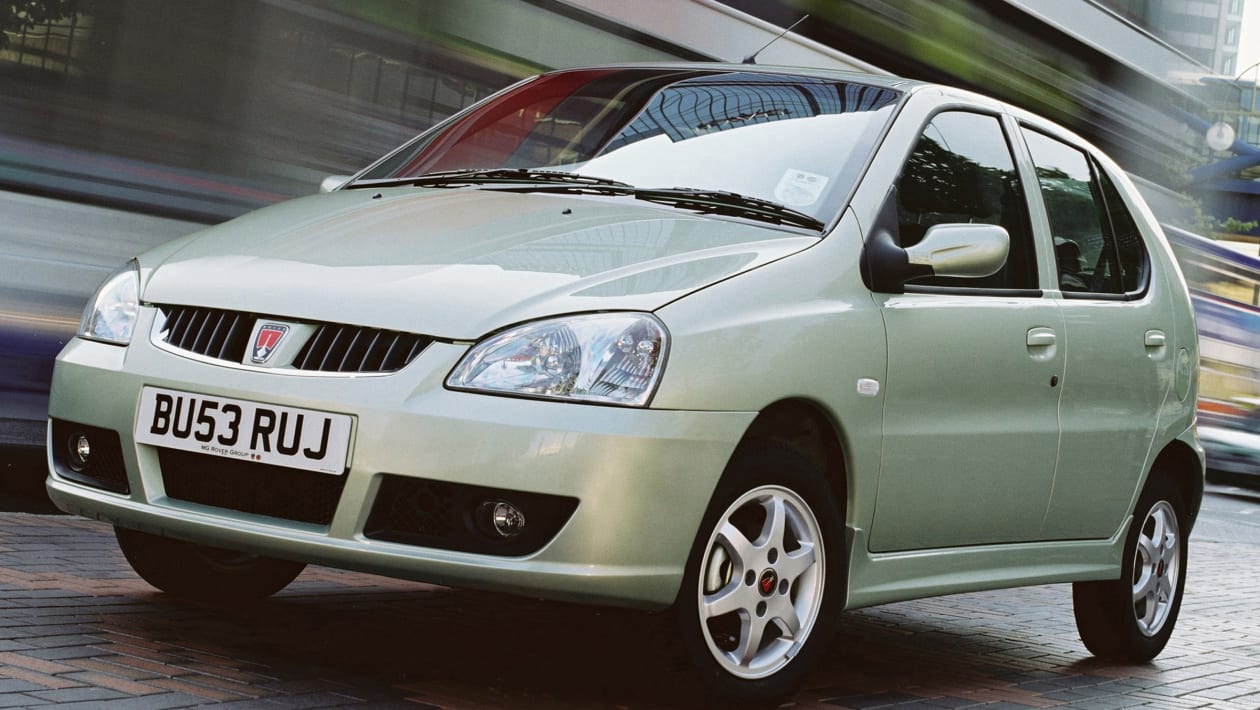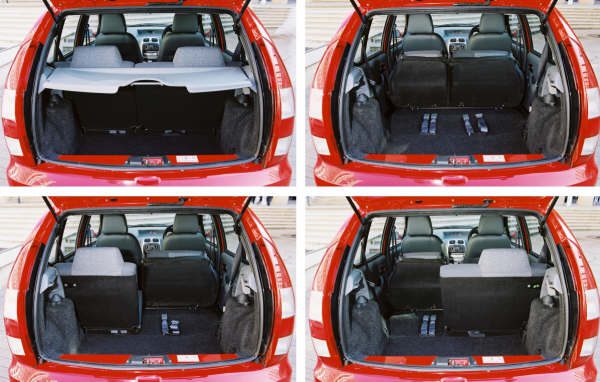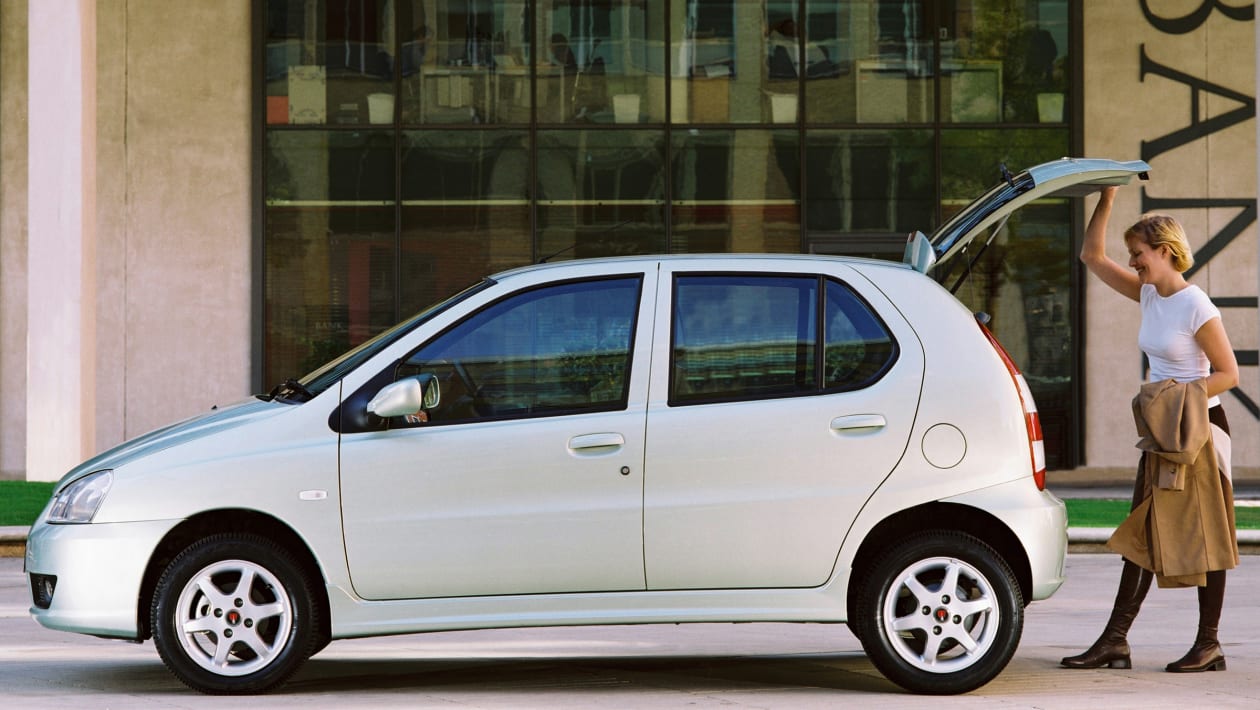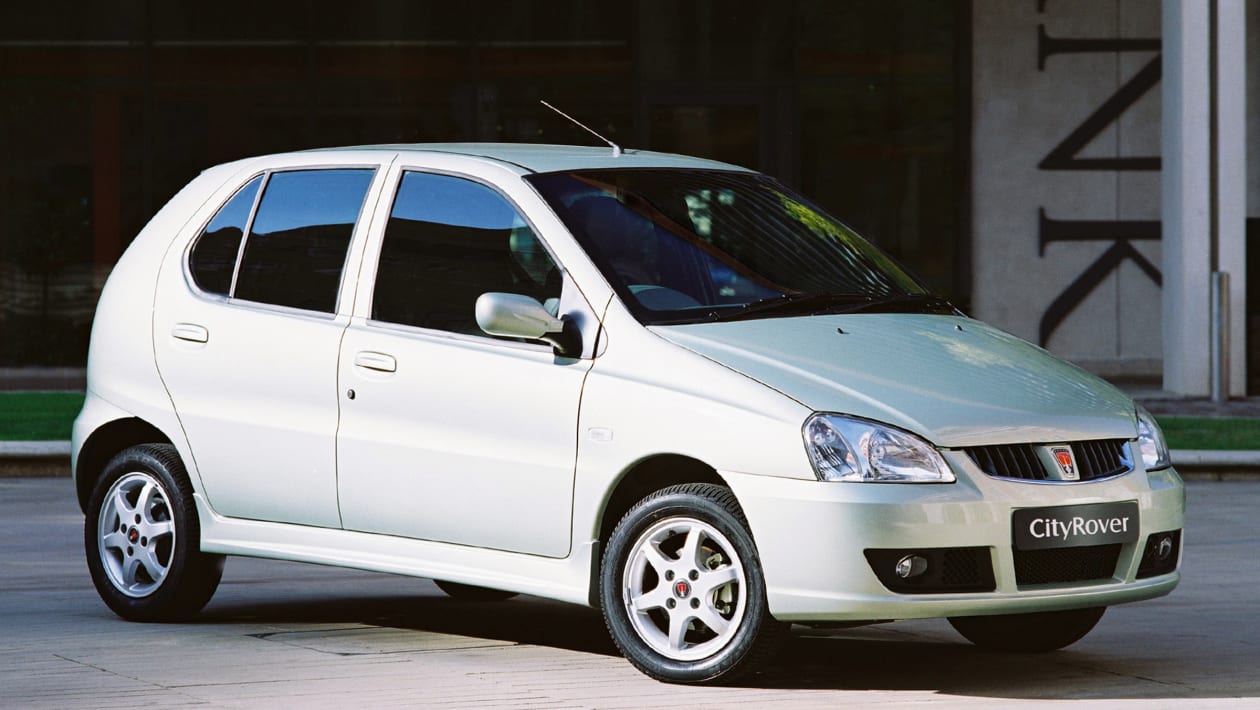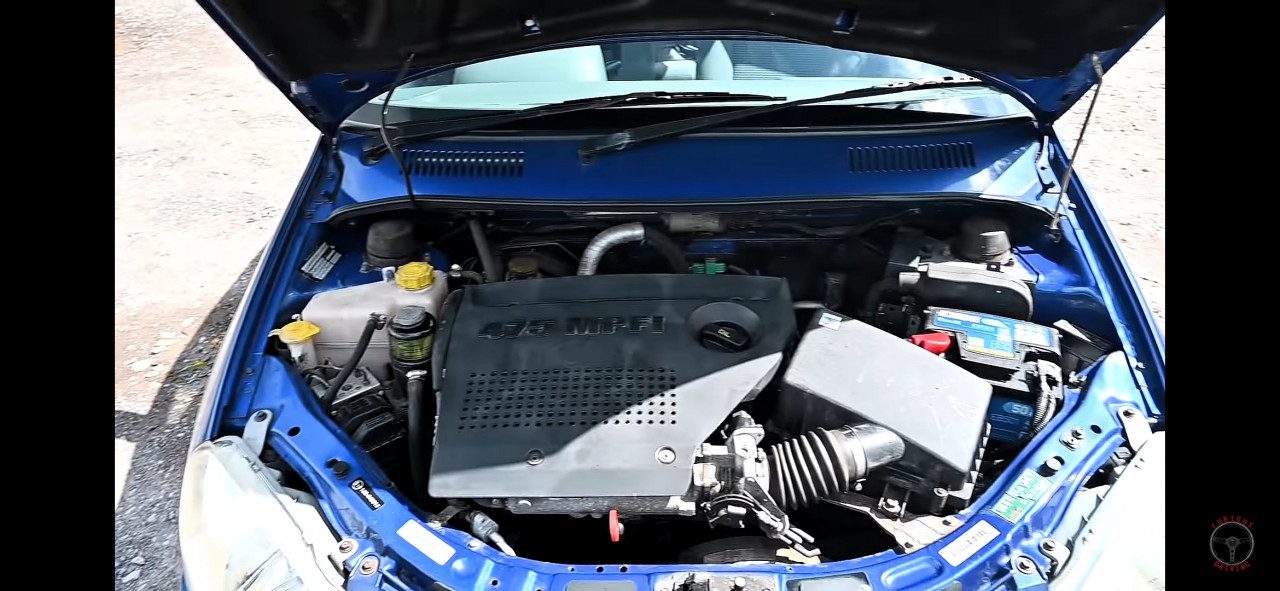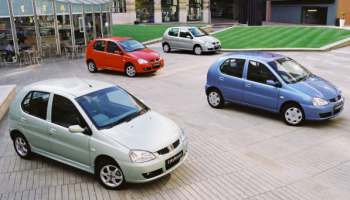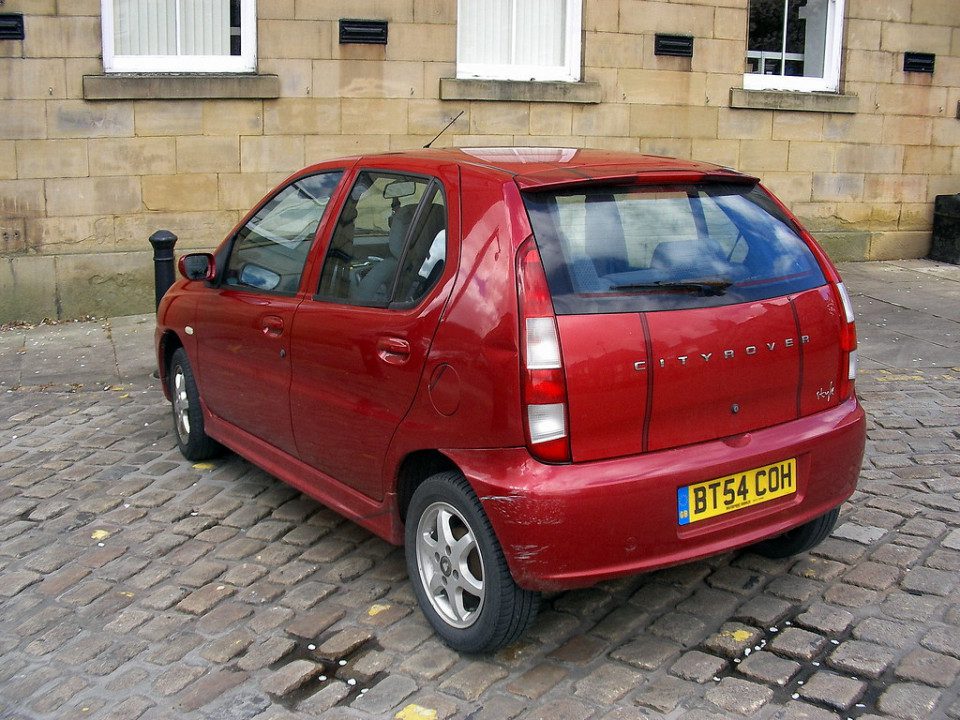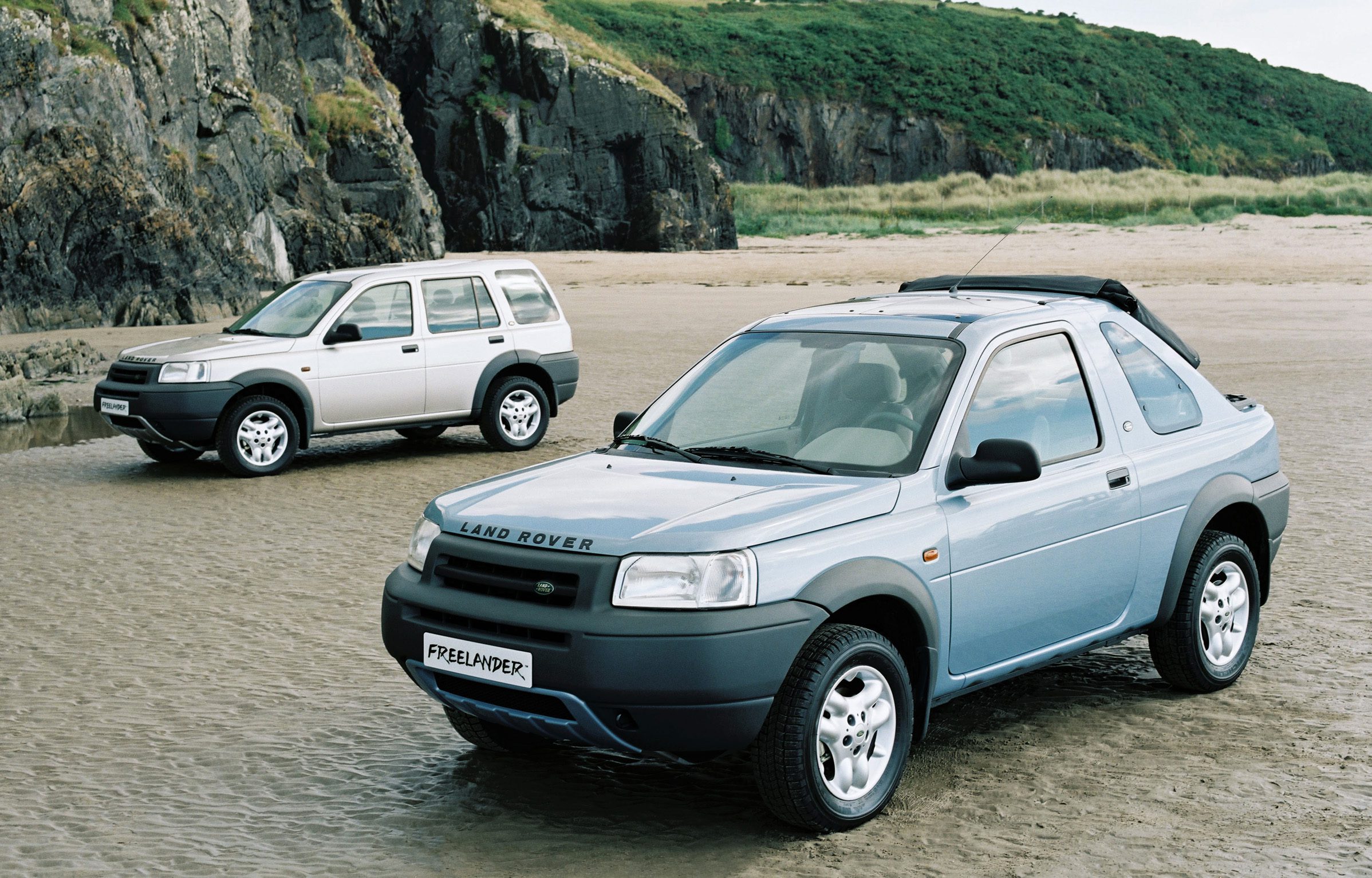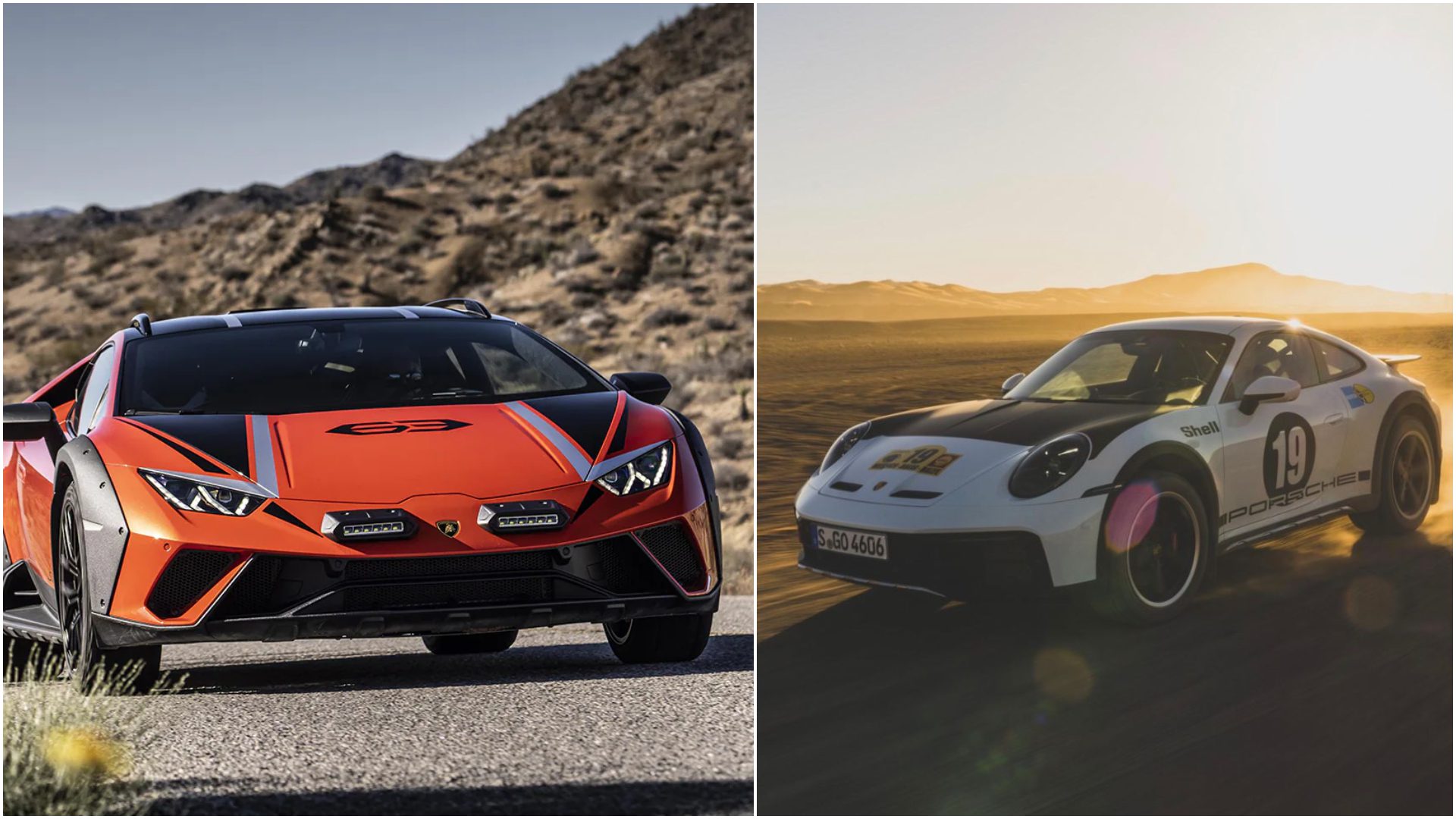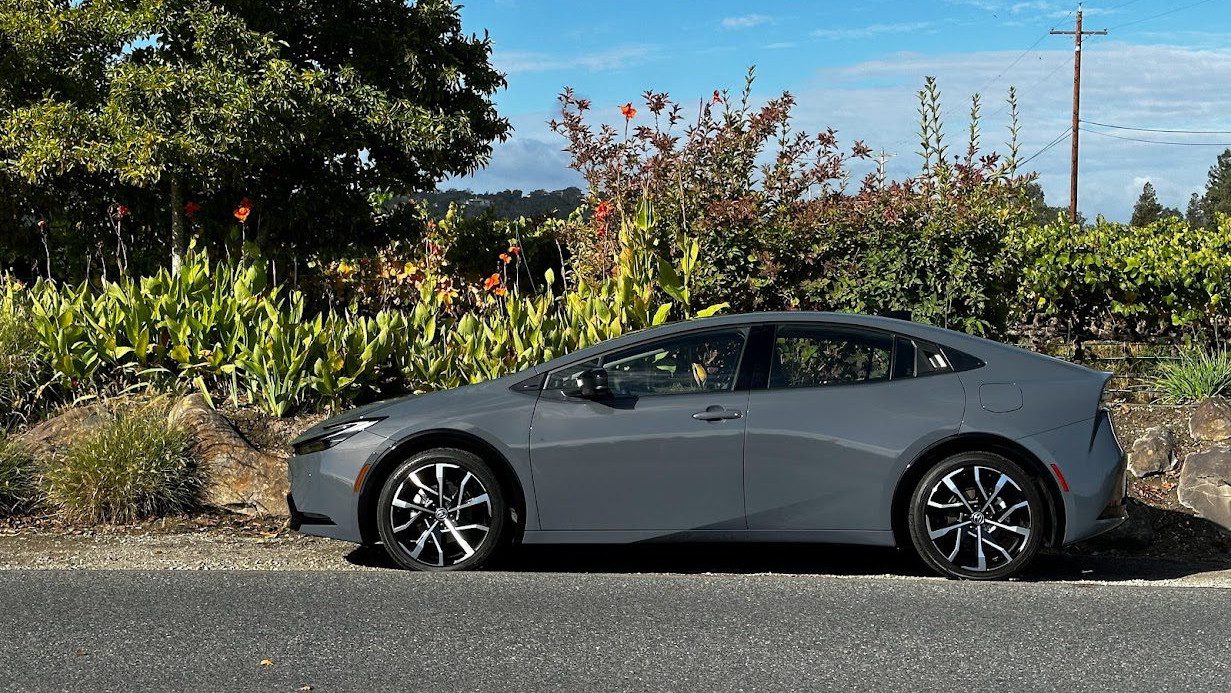ROVER CITYROVER Mk 1 PART II
This article covers the whole Rover CityRover saga in 4 parts. Third Part CityRover Mk 1 Part II
Changes were made to the 1.4L SOHC Peugeot derived engine (it was done so that it could pass the EU emission norms), and a new mounting was devised in order to insulate passengers from potential vibration and the effects of engine shake. The wheel size was increased from 13″ to 14″, and the final drive ratio in the 5speed MT was lowered slightly to compensate for the change. The suspension settings were altered by increasing front & rear spring rates, whilst lowering the ride height by 20mm.
Also the gearing of the steering was raised to a sporty 2.8 turns from lock to lock. That means the car would roll less than the original. In September 16th, 2003 the CityRover went into production, MG Rover’s Chief Executive Kevin Howe was in Pune to mark the occasion. The first CityRover was handed over to Howe by Dr. V Sumantran at the ceremonial roll out of the new car.
Coming to the car itself the City Rover was offered in a single trim Solo with all the standard equipments and there were 3 packs: Sprite, Select & Style. These 3 trims offered additional equipment over the Solo trim.
Equipment on the Solo trim were as follows:
Solo: (Standard on all CityRovers)
Interior Trim and Equipment: ‘Lights’ seat facings, Adjustable front head restraints, Integral rear head rests, Centre console and full length floor console with stowage bin, Tread plates on door sills and moulded door casings, Anti-glare rear view mirror, Lockable glove box with twin cupholders in lid, Remote fuel flap and tailgate release, Tinted glass with windscreen shade band.
Electrical Equipment: Headlamp levelling, High-mounted stop lamp, Digital clock, Courtesy interior light delay, Driver and passenger reading lamps. Instrument illumination dimmer switch, Lamps on audible warning.
Heating and Ventilation: Four speed fan and re-circulation mode.
Audio: Stereo radio cassette player with RDS.
Safety and Security: Driver airbag, Engine immobiliser with passive arm/disarm, Front and rear passenger grab handles, Perimetric anti-theft alarm system. Door safety reflectors, Door and tailgate lock shields.
Exterior Style: Body-colour bumpers, Halogen headlamps with clear lenses. Neutral door mirrors and exterior door handles, Stainless steel exhaust tailpipe finisher, 14″ steel wheels.
The 3 Packs were as follows:
Sprite: (Additional equipment over Solo) ‘Reflections’ seat facings with ‘Lucent’ door casing inserts, Power assisted steering, Remote control central door locking, Sports gear-knob with leather gaiter, Leather steering wheel, Tachometer, Alloy foot pedal covers, Single slot CD tuner, Bright finish centre and floor console. 60/40 split folding rear seat, 14″ 6-spoke alloy wheels with, 175/60 R14 tyres, Security wheel bolts, Body-colour sports sill extensions, Body-colour door handles and mirrors, Rear roof spoiler with integrated stop lamps & Front fog lamps.
Select: (Additional equipment over Solo) ‘Aureol’ seat facings. Power assisted steering, Remote control central door locking, Air conditioning, Electric windows front and rear, Tachometer, Single slot CD tuner, Technical finish centre and floor console & interior door handle surrounds, 60/40 split folding rear seat.
Style: (Additional equipment over Solo) ‘Aureol’ full seat trim with ‘Austral’ door casing inserts, Power assisted steering, Remote control central door locking, Air conditioning, Electric windows front and rear, Passenger airbag, Sports gear-knob with leather gaiter, Leather wrapped steering wheel Tachometer,Single slot CD tuner, Technical finish centre and floor console and interior door handle surrounds, 60/40 split folding rear seat, 14 6-spoke alloy wheels with175/60 R14 tyres, Security wheel bolts, Body-colour sports sill extensions, Body-colour door handles and mirrors, Rear roof spoiler with integrated, stop lamp, Front fog lamps, Anti-lock brakes.
Coming to the Engine it was a 1.4L Peugeot derived 4clylinder SOHC petrol engine making 85PS @5,500RPM & 120Nm of torque @3,500RPM mated to a 5speed MT. This engine is the same engine from the Indica Sport Concept the Tata 475 MPFI which was similar in size at 1,405cc & made 85PS.
The CityRover got Independent lower wishbone with McPherson struts and anti-roll bar in front with ventilated disc brakes & Independent, with semi-trailing arms and coil springs mounted on hydraulic shock absorbers in the rear with drum brakes.
The car was offered in 10 shades: Cherry Red, Indiana Red, Le Man’s Green, Mist white, Granite Purple, Marina Blue, Arctic Silver, Aqua Green, Oceana Blue & Mica Black.
These were the technical details coming back to the question, was the CityRover the worst car sold in UK & Europe as it is portrayed by the media? The CityRover got mixed reviews from the press. Autocar praised it for what it offered even praised it after comparing it to one of it’s rivals the Ford Ka. Performance was praised although the reviews for the gearbox was a bummer for them. What was criticised was the quality of the interior plastics
After the Fiat Panda won the 2004 Car of the Year award CAR magazine said that the CityRover was good for the way it was but it wasn’t making sense in buying one because it costs more than the Fiat Panda (the Car of the Year), Skoda Fabia & the Hyundai Getz. MGR was reported to be paying TATA Motors £3,000 per CityRover & made headlines when they announced the replacement of the Metro will sell for an entry price of £4,995. But the starting price went up to £6,495 at the time of launched. Surely MGR became greedy and in an update in 2004 when the sales were not going as they were expected to be a price cut of £900 was announced but the damage was already done. MGR also had a fair share of mistakes they didn’t market the car at all there was no grand launch event, no dealer launches for the target customers. When the car arrived in the showrooms it was under stealth & when magazines asked for a test car they were met with long waiting periods as if MG Rover was embarrassed about the car.
To make matters worse when BBC asked for a press car for their show Top Gear MGR refused to lent one. Then that era of Top Gear did what they did best they went undercover and tested the car and panned it. As a result the last hope that the CityRover had of being treated seriously by the press & buyers was also gone which made the car a laughing stock in UK.
As sales continued at an alarmingly slow rate, a revised version was quickly planned, and the launch date of May 2005 was scheduled. Although less than 6000 CityRovers were sold in its first year of production, MG Rover intended to fix the car’s faults and then modestly relaunch it. However, these Mk2 cars were never officially launched, as the CityRover became a victim of the MG Rover meltdown of April 2005.
End of CityRover Mk1.
Recommend0 recommendationsPublished in Opinion